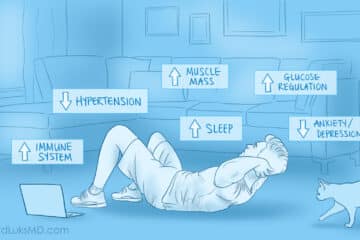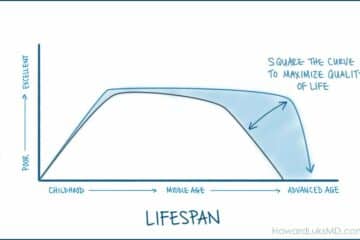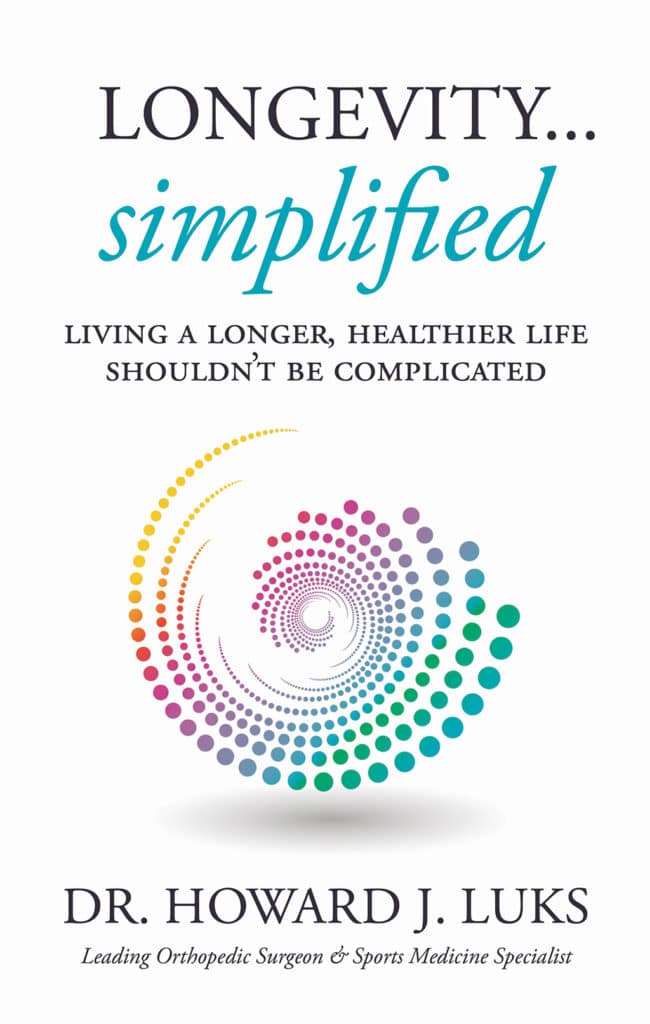
You should check the AQI level before you exercise.
Let’s talk about air pollution… more precisely PM 2.5 levels. If you go outdoors, you need to read this. PM 2.5 levels have a tremendous impact on our health. More than 75% of us are exposed to elevated levels often enough. We check the temperature, and whether or not it’s going to rain— we need to get used to checking PM 2.5 levels or the AQI before heading outside too.
Here is our podcast on the topic of PM2.5/AQI and health/exercise.
The data on PM 2.5 levels continually reveals just how significant the impact is on our health. That includes our short-term health, medium-term health, and long-term health. PM2.5 stands for tiny particles smaller the 2.5um. They are tiny. PM 2.5 particles are created by burning carbon from industrial factories, some power plants, fires, and so on. Even cooking in your kitchen will cause a significant increase inside your home for a while.
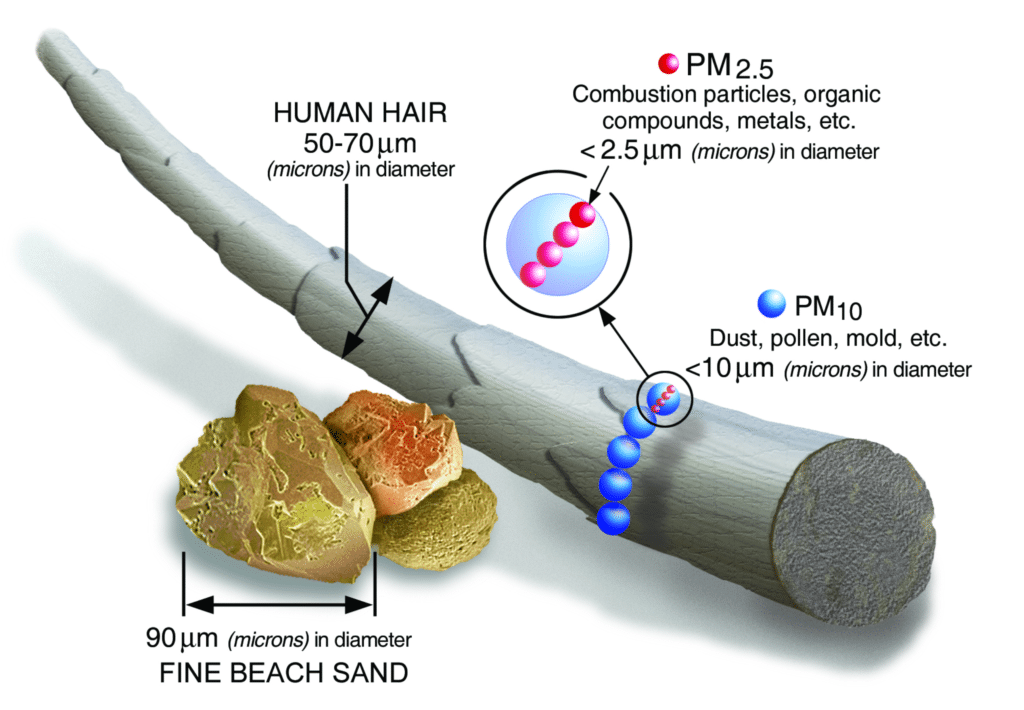
Why are high PM2.5 readings bad for our health?
These tiny PM2.5 particles can get all the way down into our lungs, down to the alveoli. If they stopped there, maybe the damage would be contained. But they don’t. They keep going. They can cross over from the alveoli to the bloodstream… from there, they go to all of our organs. These particles are highly inflammatory. They cause inflammation wherever they go. If they inflame the alveoli… the smallest part of our airway… then the walls of the alveoli thicken… and that makes gas exchange- O2 and CO2 more difficult. It also stiffens the lung, so you can’t bring as much air in. This is just one example of the impact of PM2.5 particles on our health. There are many, many more. Living in moderate-high PM2.5 regions has been shown to decrease life expectancy—up to 3 years in some studies.
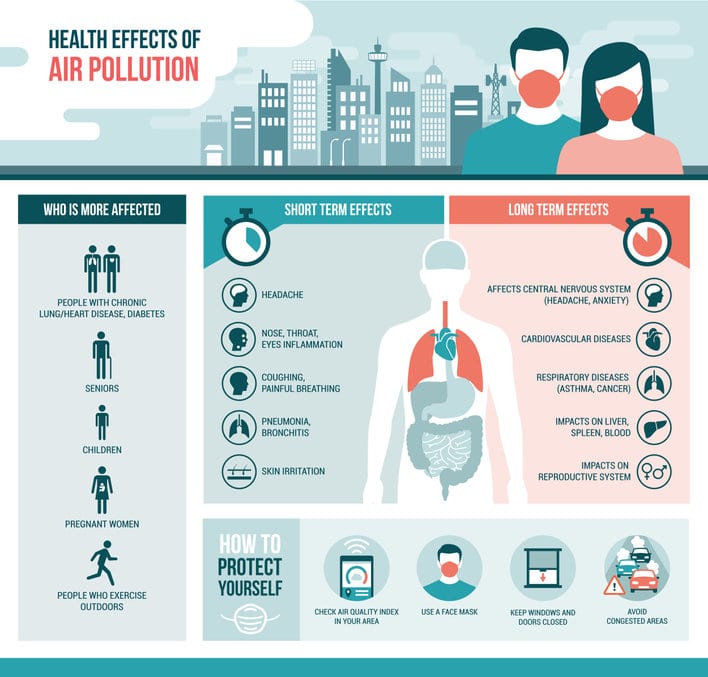
Living near moderate-high regions has been shown to decrease cognition. Seriously… if you were taking a test, you would perform more poorly on a day with high readings. It decreases cardiac function. It reduces overall pulmonary function. It increases inflammatory biomarkers such as IL-6, CRP, and others. Those inflammatory markers increase the damage to your blood vessels… it stiffens them. That can lead to high blood pressure over time. Elevated inflammatory markers increase the risk of heart attacks, stroke and decrease insulin sensitivity. The chart below shows the inflammatory mediators in our blood after exposure to high PM2.5 levels. Blood samples were assessed immediately after exposure (post) and 20 hours later (follow-up).
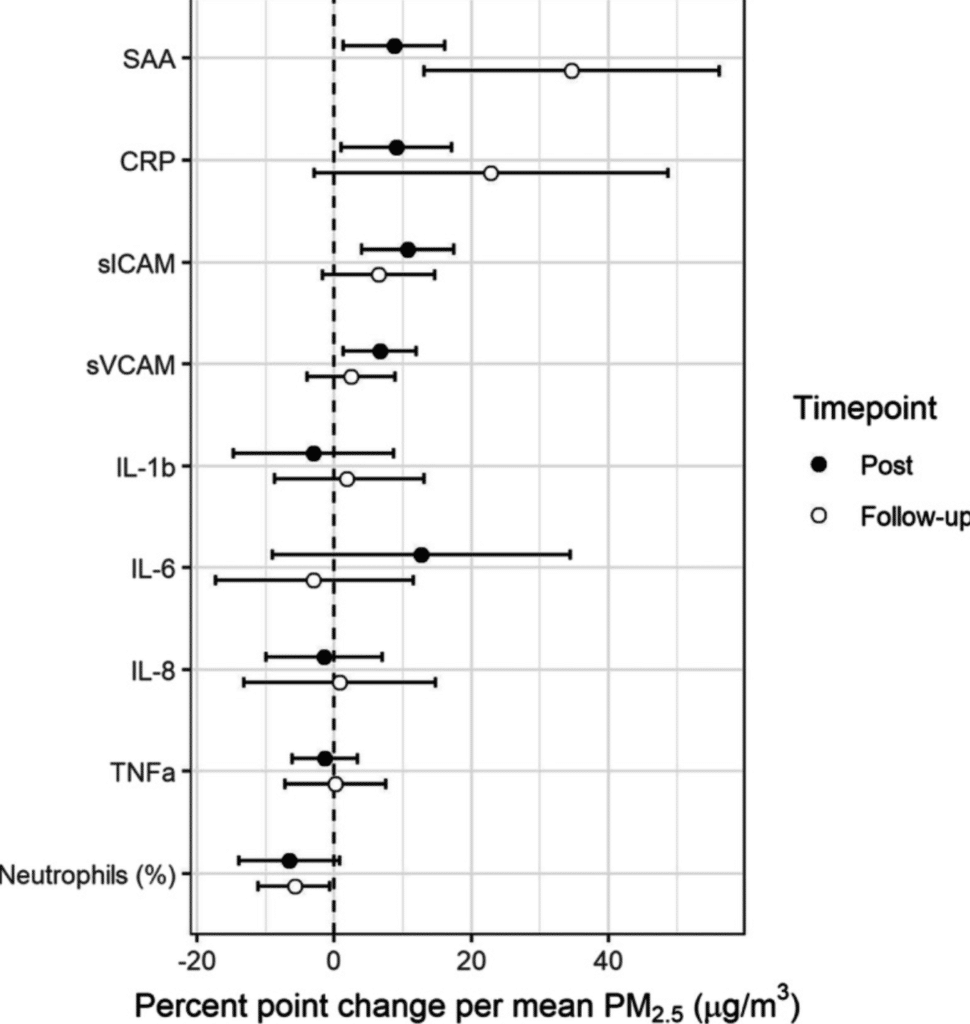
Published online 2020 Nov 16. doi: 10.1186/s12989-020-00389-5
We have talked about all of the above health issues with respect to metabolic health. The reason why we should exercise is to decrease these inflammatory markers. We do not pay enough attention to PM2.5 readings or the ambient levels of other pollutants when we consider going outside, running, riding, hiking, etc. I do… it’s super annoying to cancel a planned run… but, you know, health matters.
This paper showed how an ambient PM2.5 reading of 37ug/m3 or an AQI reading of 100 produced significant inflammatory changes in healthy young adults… The results are worrisome. The researchers assessed signs of vascular damage and pulmonary function in young adults exposed to relatively moderate levels of PM2.5 for 4 hours. The decrease in pulmonary function, increase in vascular damage lasted for more than 20 hours after their exposure.
You need to think of exposure to PM2.5 as an AUC or area under the curve issue. That means that the X-axis = time. So the impact of high PM2.5 is more than just one exposure… the results of the effects on you and your health worsen with each successive exposure. So over time (area under the curve), the effects on body and organ systems will linger and worsen. With all the wildfires in Canada, the US, Europe, and so on, a large portion of humans has been subject to high PM2.5 levels.
For decades, we heard about the health effects in people who have lived in China, India, and sub-Saharan Africa due to high PM2.5 readings over decades. Experiments throughout history have shown that people who lived near factories had significant health-related issues compared to those who didn’t. That is different now; vast swaths of the US and Canada are now exposed to high PM2.5 levels during the summer and fall due to wildfires. Some readings in CA and the West show AQI readings between 150-450! These extraordinarily high regions will create even more downstream effects, both acutely and chronically, over time.
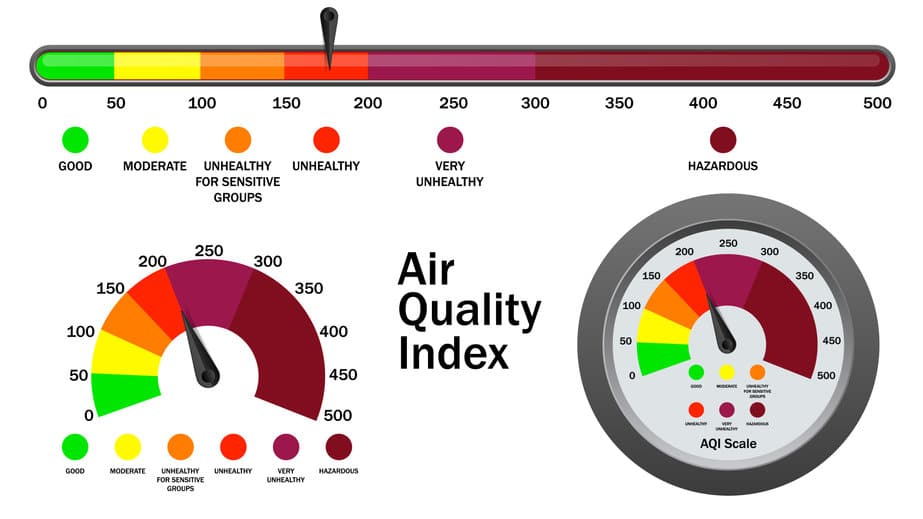
I use an IQ Air monitor to know what the AQI is. It’s the first thing I check before going out to run. Even if you plan on walking or going out for errands… the AQI matters. Here is the monitor I use: https://amzn.to/3gnZoCr


